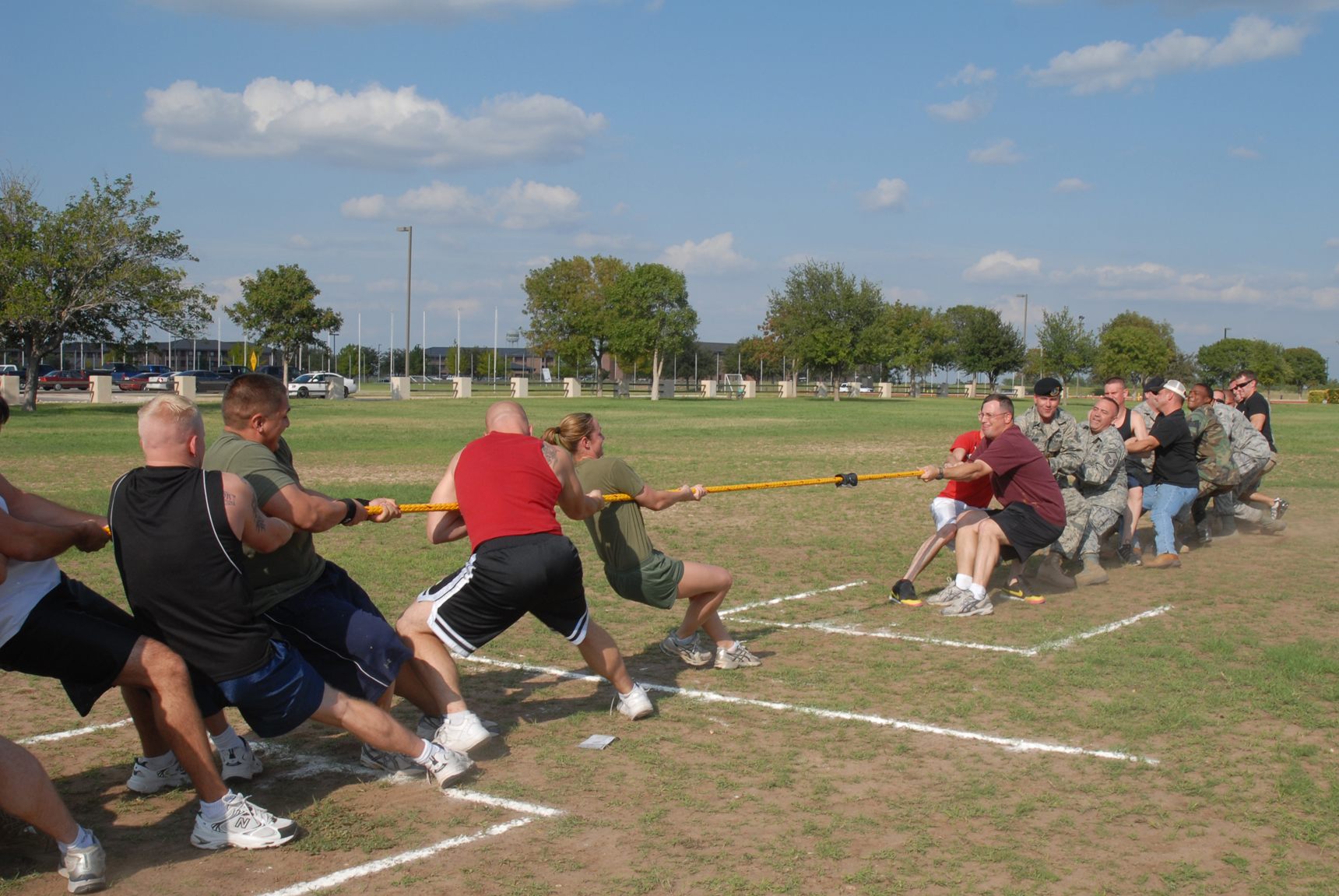Example 3.3.2. 1D Vector Addition.
Find the relationship between the tension in the rope and the suspended weight for the system of Figure 3.3.1.
Solution.
The free-body diagram shows two forces acting on the particle, and since the particle is in equilibrium they must add to zero.
\begin{align*}
\Sigma \vec{F}\amp = 0\\
\vec{T}+ \vec{W} \amp = 0\\
\vec{T} \amp = -\vec{W}
\end{align*}

We conclude that force \(\vec{T}\) is equal and opposite to \(\vec{W}\text{,}\) that is, since the weight is acting down, the rope acts with the same magnitude but up.
Tension is the magnitude of the rope’s force. Recall that the magnitude of a vector is always a positive scalar. We use normal (non-bold) typefaces or absolute value bars surrounding a vector to indicate its magnitude. For any force \(\vec{F}\text{,}\)
\begin{equation*}
F = \vert\vec{F}\vert\text{.}
\end{equation*}
To find how the tension is related to \(\vec{W}\text{,}\) take the absolute value of both sides
\begin{align*}
\vert\vec{T}\vert \amp = \vert -\vec{W}\vert\\
T \amp = W
\end{align*}










